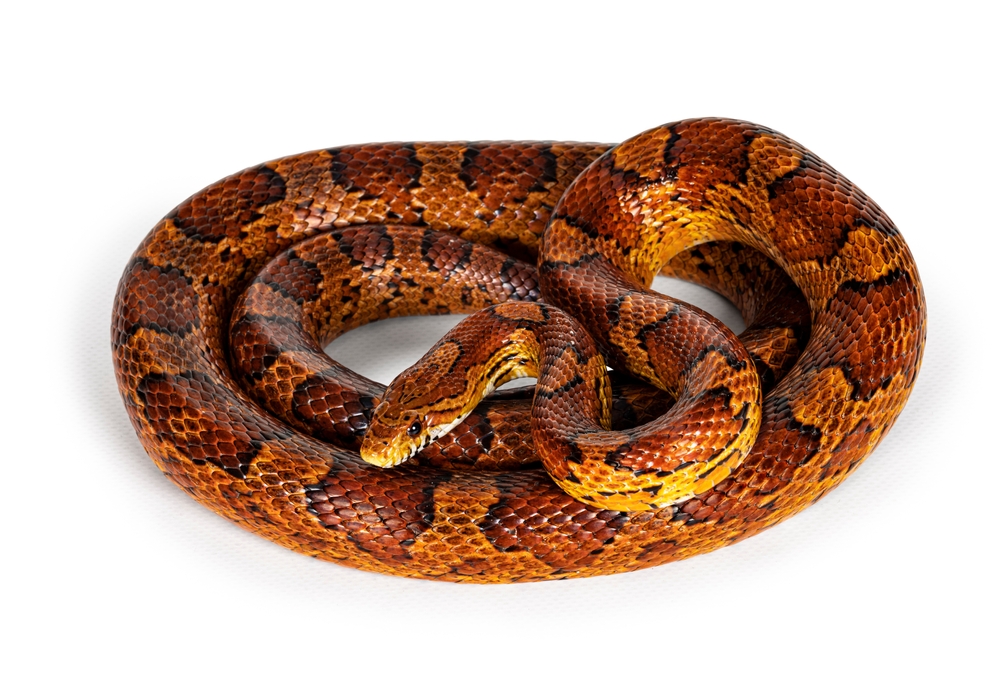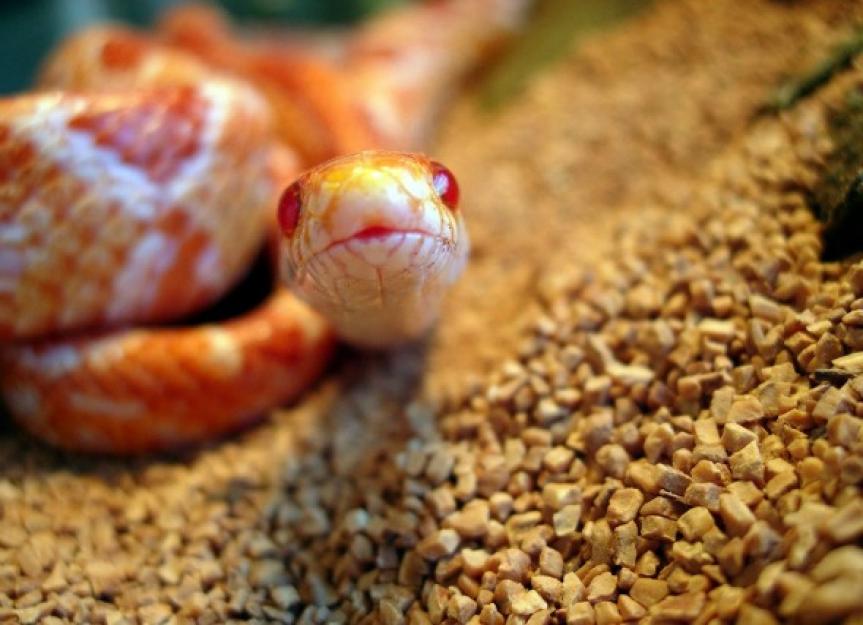Your Reptilian Buddy Waits For: Snake for Sale Options Revealed
How to Develop the Perfect Environment for Your Animal Serpent
Creating the ideal habitat for your family pet snake is crucial to ensuring its health and health. From selecting the best unit to providing the ideal temperature and moisture levels, there are various variables to consider when establishing an environment that mimics your snake's natural setting. By comprehending the certain requirements of your serpent species and carrying out the necessary elements in its habitat, you can produce a space where your family pet can grow. Let's discover the vital elements that enter into making the perfect home for your slithery companion.
Choosing the Right Enclosure
The unit serves as the serpent's primary environment, affecting its overall wellness and habits. A general guideline of thumb is to offer a habitat that is at least as long as the serpent's size and wide enough for it to extend out comfortably.
Wood and PVC enclosures supply superb insulation, which is critical for controling temperature level and humidity levels within the environment. Eventually, the unit needs to imitate the serpent's natural habitat as very closely as possible to ensure its health and joy.
Establishing Temperature and Humidity Levels
In order to offer a helpful living environment for your pet serpent within the selected enclosure, attention to preserving ideal temperature level and moisture levels is paramount. Snakes are ectothermic creatures, indicating they count on exterior sources to manage their body temperature level.
The appropriate humidity degree varies depending on the serpent types, with the majority of calling for levels in between 40-60%. By faithfully adjusting and keeping an eye on temperature and humidity levels, you can develop a comfortable and safe habitat for your cherished pet dog serpent.
Providing Adequate Hiding Areas
Making sure the accessibility of appropriate hiding spots is crucial for producing a trouble-free environment for your pet dog serpent. Serpents are naturally inclined to choose hiding areas for protection and convenience. To simulate their all-natural habitat, supply at least two hiding spots in your snake's enclosure-- one on the warmer side and one on the cooler side. These concealing areas can be created using readily available shelters, fifty percent logs, or also reversed blossom pots. Make sure that the concealing places are tight sufficient to make your snake feel secure but also large sufficient for very easy entrance and departure.

Selecting the Appropriate Substrate
To develop an ideal habitat for your pet snake, what factors should be taken into consideration when selecting the ideal substrate? Selecting the right substratum for your pet serpent is essential for maintaining its health and health. When picking a substrate, several aspects need to be taken into account.
First and primary, the substrate should imitate the snake's native environment as carefully as feasible. Various snake varieties have different habitat preferences, so it is vital to investigate your certain serpent's indigenous setting to select a proper substrate. For instance, desert-dwelling snakes might need a sandy substrate, while forest-dwelling snakes may like an extra humid substrate like cypress mulch or coconut husk.
Furthermore, the substratum needs to be secure for your serpent. Stay clear of substrates that could be consumed and create wellness issues, such as substrates that are sharp or too little. Decide for substrates that are non-toxic and simple to clean to preserve a hygienic setting for your pet snake. By thoroughly thinking about these variables, you can produce a comfy and risk-free directory environment for your pet dog snake.
Offering Appropriate Lighting and Home Heating

When it concerns illumination, serpents have particular illumination demands to simulate their native environment. Ultraviolet (UV) lighting might be necessary for sure snake species to aid with calcium absorption and vitamin D synthesis. Not all serpents need UV illumination, so it's vital to investigate your particular snake types' requirements.
To give the best equilibrium of lights and home heating, consider making use of a combination of above heating lights, home heating pads, and thermostats to manage temperature levels precisely. Make sure that your serpent's habitat has a temperature slope, enabling it to relocate between warmer and cooler locations as needed. snake for sale. By supplying correct lighting and home heating, you can develop a comfy and healthy and balanced environment for your family pet snake
Final Thought
Finally, producing the ideal environment for your family pet snake involves picking the ideal room, establishing proper temperature and humidity levels, offering adequate concealing spots, choosing the ideal substratum, and using correct lights and home heating. By complying with these guidelines, you can make sure that your serpent has a comfortable and healthy setting to prosper in. Keep in mind to routinely keep an eye on and readjust the environment as required to fulfill your snake's particular requirements.
To produce a suitable habitat for your pet serpent, what factors should be considered when selecting the appropriate substrate? Different snake species have various habitat preferences, so it this link is essential to investigate your particular serpent's indigenous environment to select an ideal substratum. Desert-dwelling snakes may require a sandy substratum, while forest-dwelling snakes may choose a more moist substratum like cypress mulch or coconut husk.
Not all snakes need UV lighting, so it's essential to research your specific snake types' needs.
